By Zachary Halaschak, Economics Reporter. Media: Washingtonexaminer
Inflation increased to a 3.7% rate for the year ending in August, the second such increase after a full year of declines, driven in large part by rising gas prices.
The uptick, reported on Wednesday by the Bureau of Labor Statistics in an update to the consumer price index, is some bad news for President Joe Biden, who has been trying to reassure voters that he is curbing price pressures, and for the Federal Reserve, which has desperately maneuvered to bring down inflation over the past year.
On a month-to-month basis, inflation rose 0.6%, in line with expectations.
The major factor driving up the headline number was gasoline prices. Gas prices rose more than 10% from just July to August, accounting for more than half of the headline increase in prices.
“Core inflation,” which strips out volatile food and energy prices, did not show the same uptick as the headline rate. Instead, it fell to 4.3% for the year ending in August. Overall, core inflation has largely trended down this year, a good sign for the Fed.
The Fed has been hiking interest rates for more than a year, and inflation has meaningfully fallen. The central bank’s target rate is now 5.25% to 5.50%, with the most recent rate hike perhaps being the last of the Fed’s tightening cycle. Fed officials will pore over details of this latest report ahead of their next meeting later this month.
“The Federal Reserve is poised to hold interest rates steady at their meeting next week, but there are still some concerns within this CPI report — gasoline prices, motor vehicle insurance, maintenance, and repair — that the Fed won’t dispel the idea of an additional interest rate hike before year-end,” said Greg McBride, chief financial analyst at Bankrate.
Soaring inflation has hurt households over the past couple of years and undercut support for Biden and his economic agenda. Republicans have used the higher prices as a cudgel to attack the administration and blamed spending legislation, particularly pandemic-era relief spending, as drivers of inflation.
Democrats argue the bigger inflationary pressures came not on the demand side but on the supply side, and they have noted that the economies of many other developed countries are also facing high or even higher inflation than the United States.
Still, a recent string of positive economic data has helped the Biden administration to pivot toward a messaging campaign centered on the bright spots in the economy, with the White House branding the developments as proof of “Bidenomics” in action.
One particularly bright spot is the robust labor market, which has been defying gravity for months, even as interest rates surge ever higher.
The latest employment report, released last week for the month of August, showed the economy added 187,000 jobs, more than most economists had anticipated. Still, the report was mixed, given that the unemployment rate ticked up.
While the overall economy has held up strikingly well despite the rate revisions, the hikes have trickled down to consumers in the form of rising mortgage rates, making housing more unaffordable and hobbling the previously red-hot housing market.



















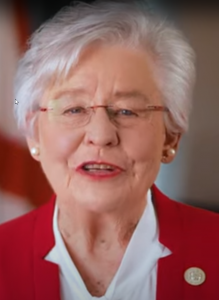



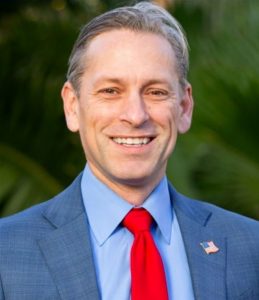
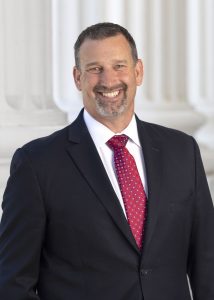

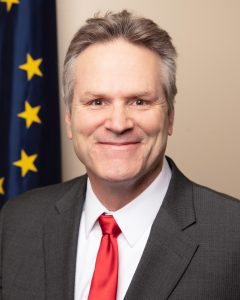
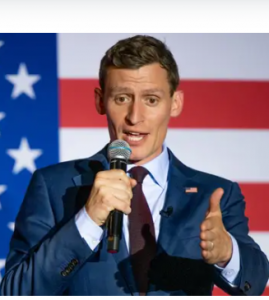

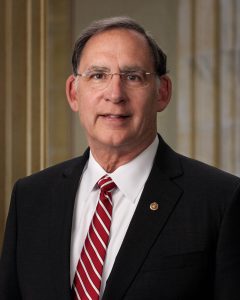







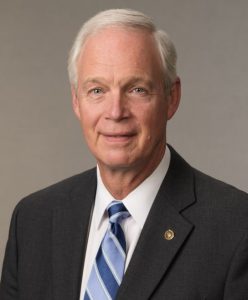


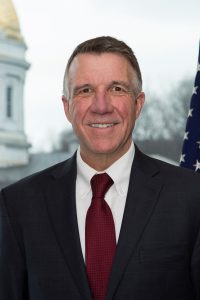
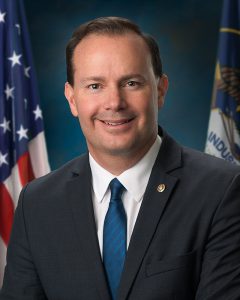
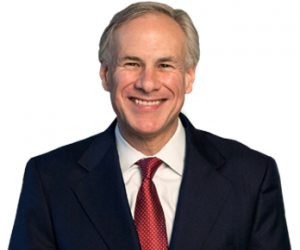
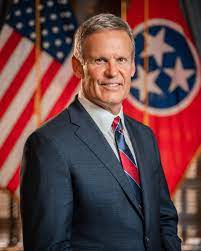
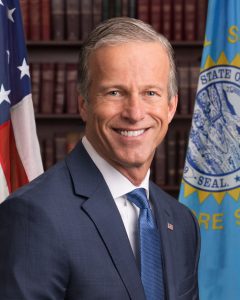





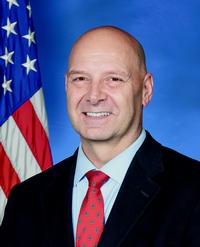
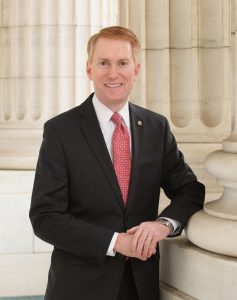
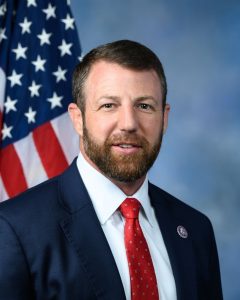


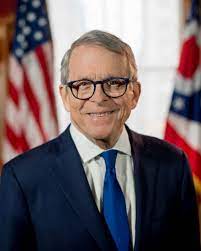
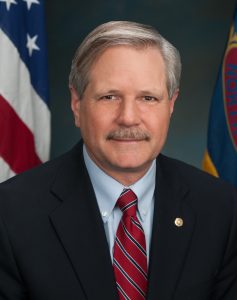
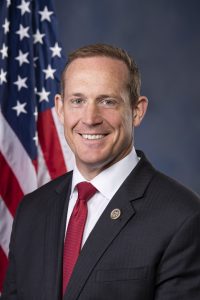
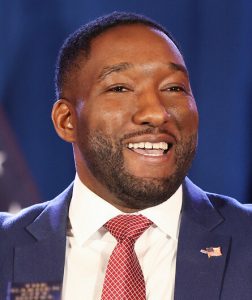
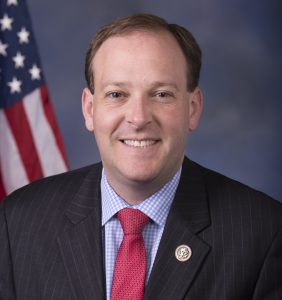

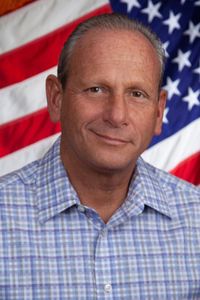
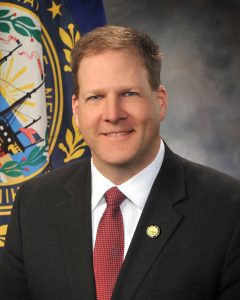








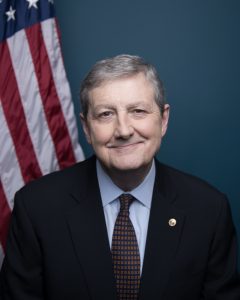
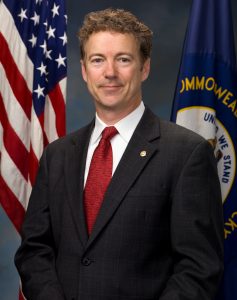
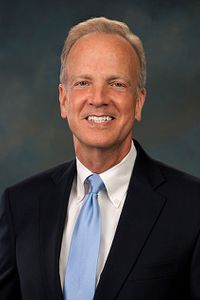

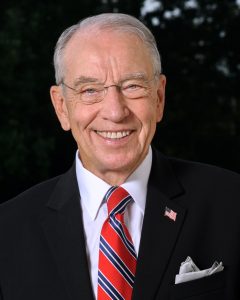

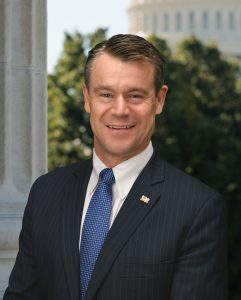
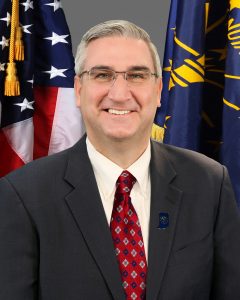


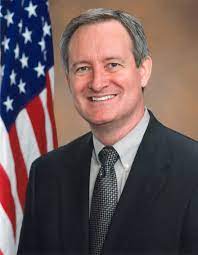


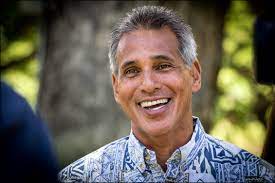

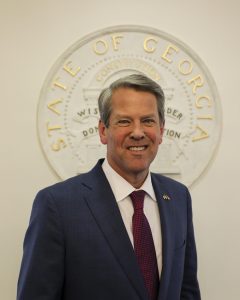
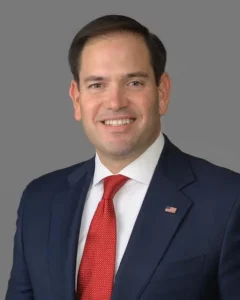
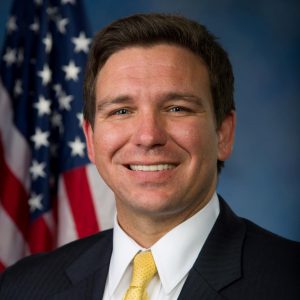


Discussion about this post